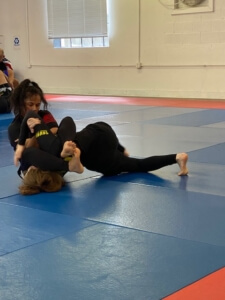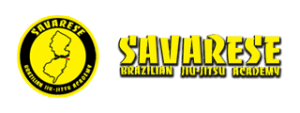How to double your submission rate in BJJ
How to double your submission rate in BJJ
Here is a great tip on how to double your submission rate in BJJ. Double your submission success rate by attacking posture as well as the submission. In Brazilian Jiu-Jitsu, almost every match, both athletes know all the high percentage submission holds and their counters. Furthermore, this makes it very difficult to apply them successfully against someone your own size and skill level. One of the best ways to improve this situation is to understand that strong submission defense requires a strong posture from the defense can be fought. If you can break your opponent’s posture while they are desperately defending the submission, you great undermine any defense they try to employ. As a result, you will get a lot more submissions, maybe even double or tripe your success. Don’t be happy with just getting the submission locked on and then try to fight to completion. Go the extra distance and try to break his posture at the same time. Now your opponent has TWO problems to solve at the same time. Having to defend more than submission will usually leave that extra opening you need. If you enjoyed this article, check www.njbjj.com every day for more helpful jiu-jitsu tips.

How to double your submission rate in BJJ
